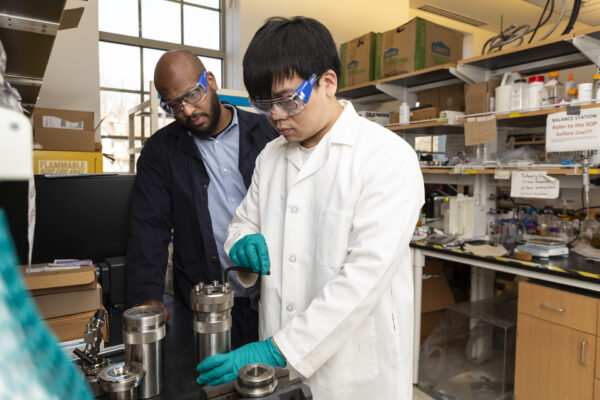House dust is an ever-present nuisance. The persistent substance is made up of a variety of particles, including dead skin cells, pet dander and airborne pollutants that settle onto and stick to dust particles, creating a risk to human health.
Jenna Ditto, an assistant professor of energy, environmental and chemical engineering in the McKelvey School of Engineering at Washington University in St. Louis, is taking a closer look at the chemistry of indoor dust with a three-year $453,000 grant from the National Science Foundation.
“Our goal is to look at the complex mixture of chemicals within the dust and try to characterize not only what’s in the dust, but how the dust chemically transforms in a typical indoor environment,” Ditto said. “Dust particles are a reservoir for various chemicals that start in the air but may stick to the dust and persist there over time.”
Ditto and her team plan to combine indoor dust samples with chemicals such as motor vehicle exhaust and fumes from cooking or from burning biomass, then determine how the chemicals transform within the dust, what products result from the combinations and their impact on human exposure.
Read more at the McKelvey School of Engineering website.


